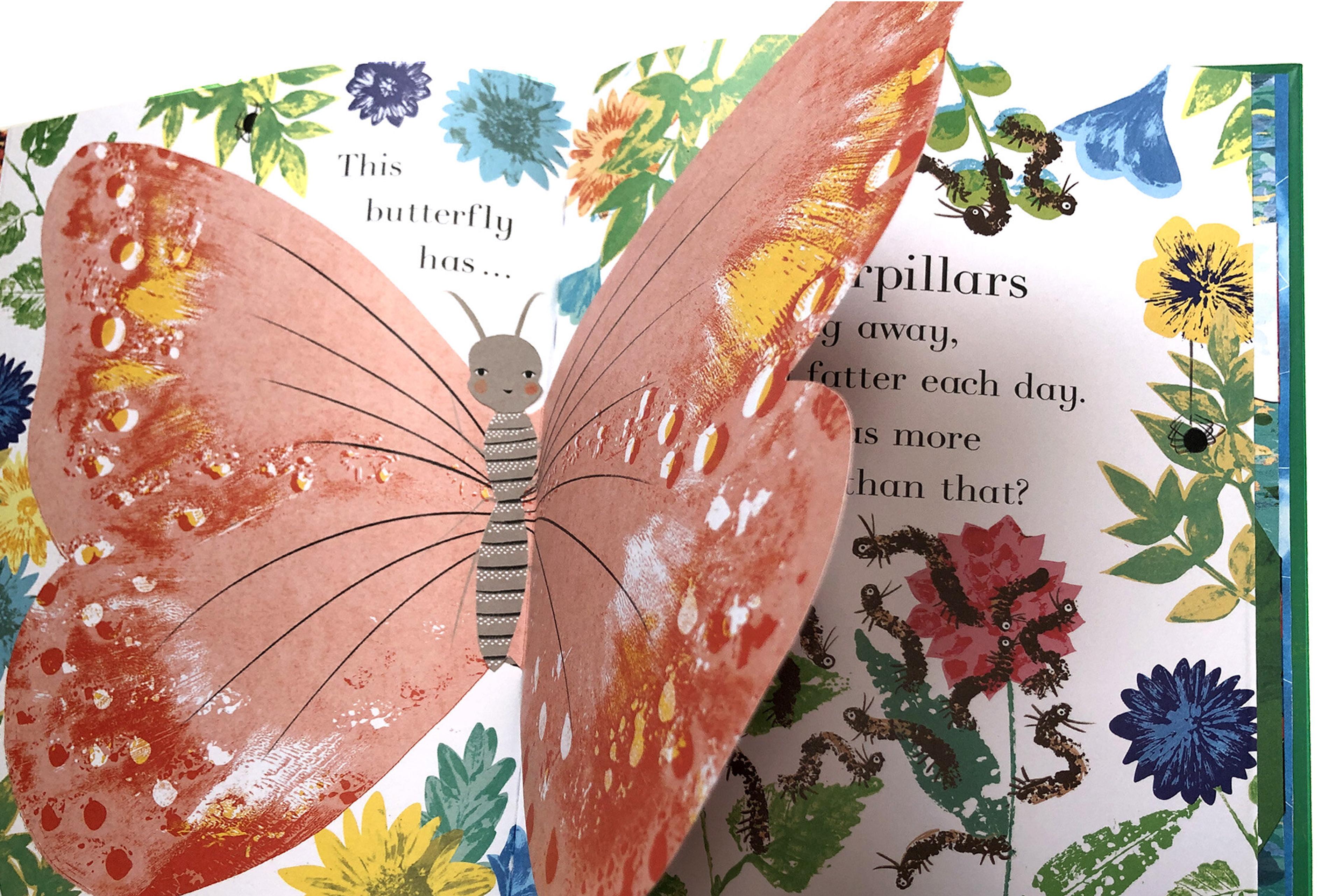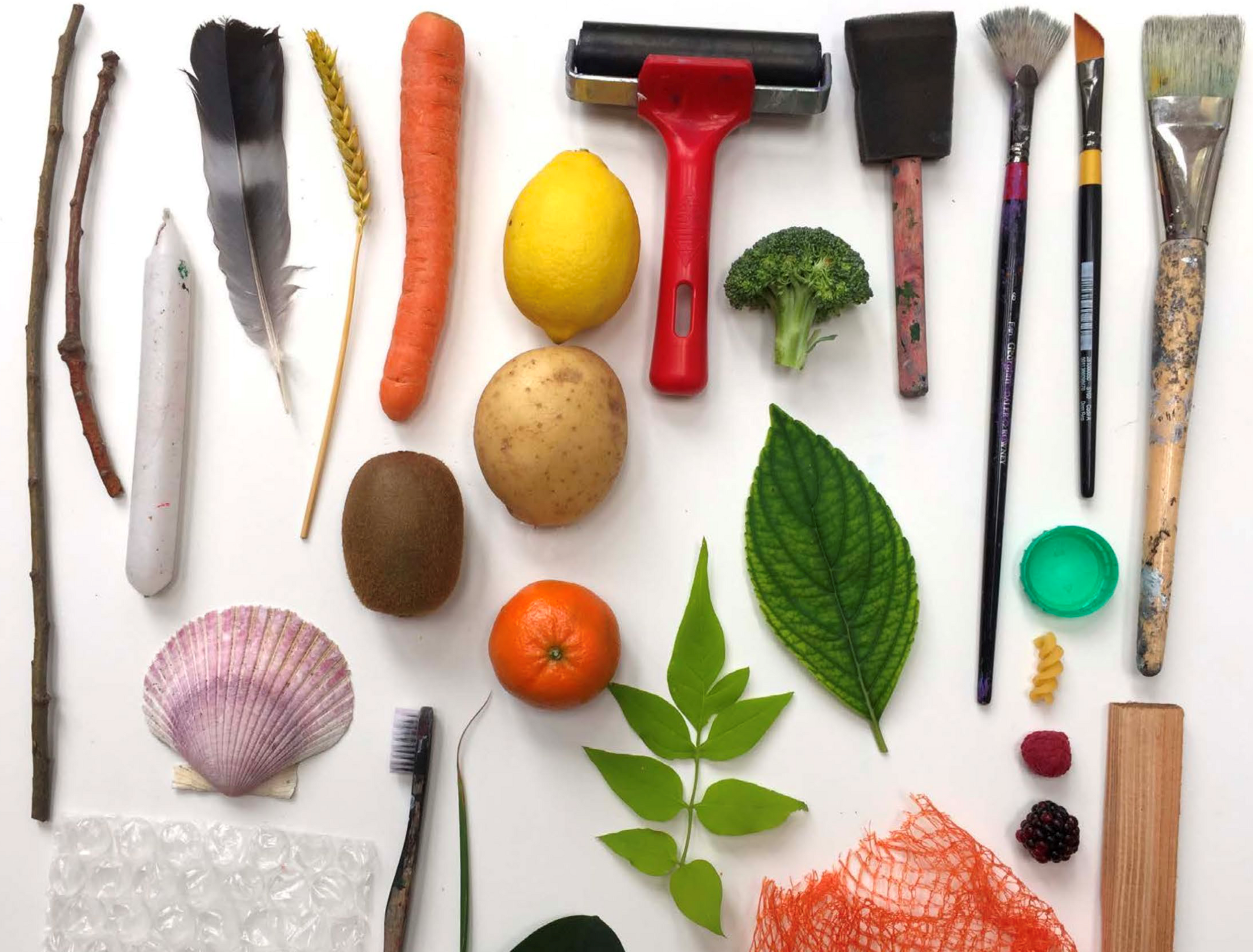A Q&A with children’s picture book illustrator Sharon King-Chai
by Sharon King-Chai, Quentin Blake Centre panelist
A pro at experimenting with unique materials, Sharon King-Chai gives us an inside look at where her career began and what inspires her today. She tells us about her work ahead of participating in our Industry Insight: Children’s Book Illustration event.
How did you get started working in children’s picture book illustration?
I have always loved children’s books and music. I first got a job as a designer for Egmont books. I enjoyed the role but longed to do something a bit more creative. I then worked at a design studio, Stylorouge, where we did lots of image creation and worked mainly on album covers and branding.
It wasn’t long before the digital format took over music and the album artwork shrunk in scale and importance. I went back to my first love and designed at the publisher Macmillan Children’s Books. I began developing my book ideas around this. My first picture book Lucy Ladybird was published in 2013.
Now, with two daughters, I have a whole different understanding of picture books and appreciate them on a whole new level. Books are a gateway to new worlds – to build imagination, empathy and knowledge.

What does a day in the life of a children’s picture book illustrator look like?
Every day is different! I don’t work the traditional 9 to 5. As a parent, I find I’m juggling different roles and fitting in things wherever I can. School runs shorten the day so I squeeze in as much as I can wherever I can. I find I often write emails before my children wake up, or work on Photoshop at night in front of the television when the girls are in bed.
I tend to focus on one main picture book at a time and can work on smaller commissions alongside this (book covers, editorial illustrations for example). I also might work on side projects – including illustrating prints or cards or making my fonts.
Before starting the job, I hadn’t realised how important (and time-consuming) PR is. When I have a new book coming out, I do school workshops, window displays, or the occasional talk or interview. I’m also trying to get better at social media. It doesn’t come naturally to me (and it does often scare me) but I think it can also be very rewarding.

Where do you look for inspiration?
I think you can find inspiration anywhere and everywhere. From the lettering of a street sign to a curiously shaped leaf or a funny conversation with my children. I’m always writing things down or taking pictures.
It’s clear you enjoy experimenting with different formats and unusual materials. Can you tell us about your process?
My background is in graphic design so I tend to think as a designer. I always start with pencil and paper and begin by drawing shapes to figure out composition and form. Once I’m happy with the shapes, I’ll go over them in black pen, scan them and add colour digitally. I then add textures on top. Often I use a wide range of unexpected items.
I do lots of prints from nature – including leaves, feathers, flowers and potatoes. I also include more unexpected items like blackberries, grapes, onions and cantaloupes in my work. I enjoy referencing nature directly in my artwork.
I like the idea of pushing the boundaries as much as I can.

What challenges do you face in your practice?
At the moment I’m trying to write my new book – I find it can take me a while to get into the zone. A challenging thing about my lifestyle and the stop-and-start nature of it is that it is harder to get into the headspace when it’s a new idea that I need to explore.
What advice would you give illustrators who are new to the industry?
Give yourself time and space to explore. Perseverance and resilience are important. There are always going to be rejections and criticisms, but it’s just a part of the process.
Also, think about the balance of the projects you are working on. Alongside commissions, it’s a great idea to have personal projects to explore the themes that interest you.
And always try to enjoy yourself and the process!
